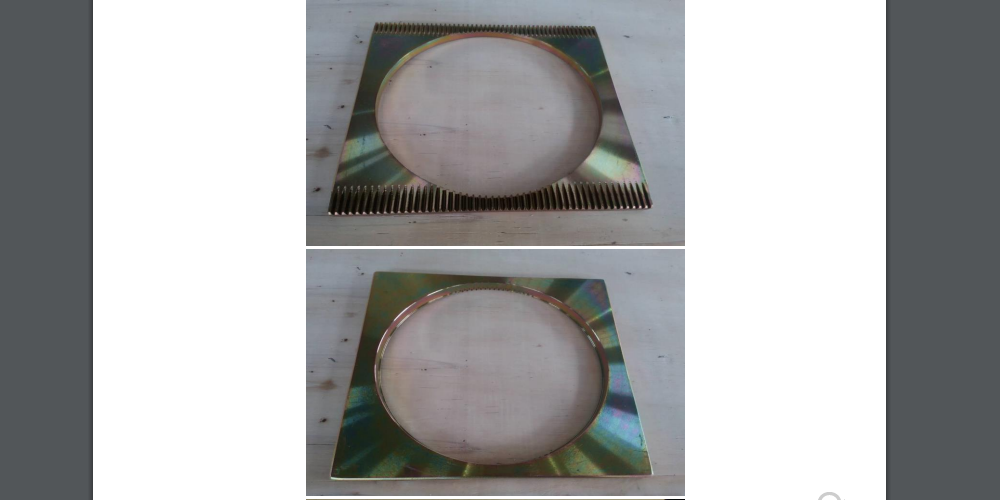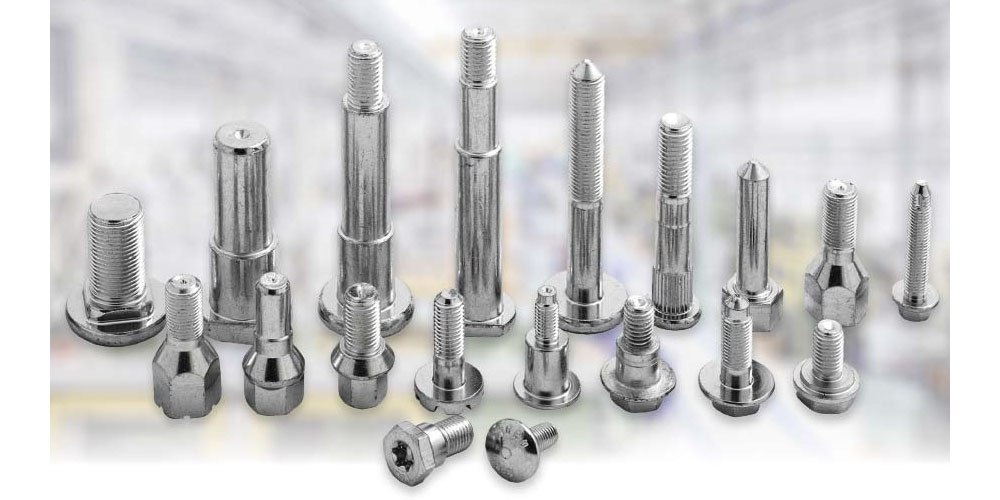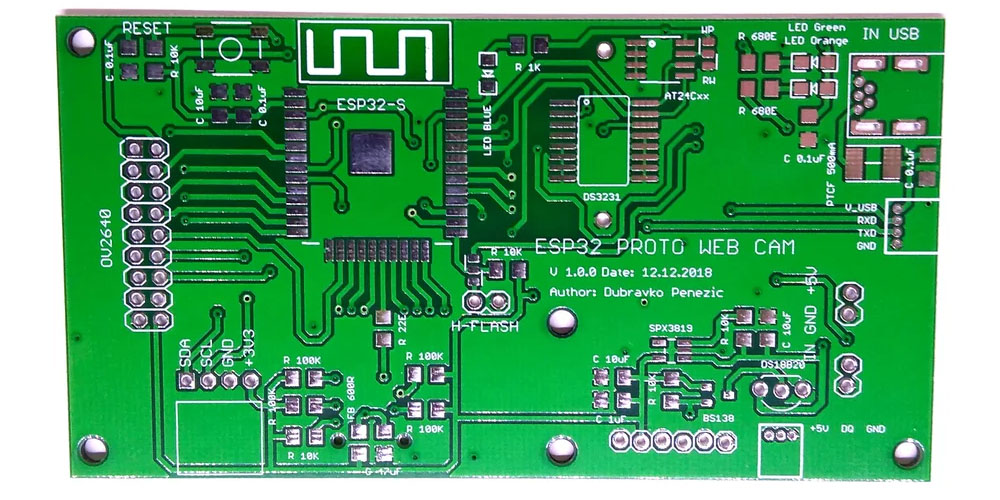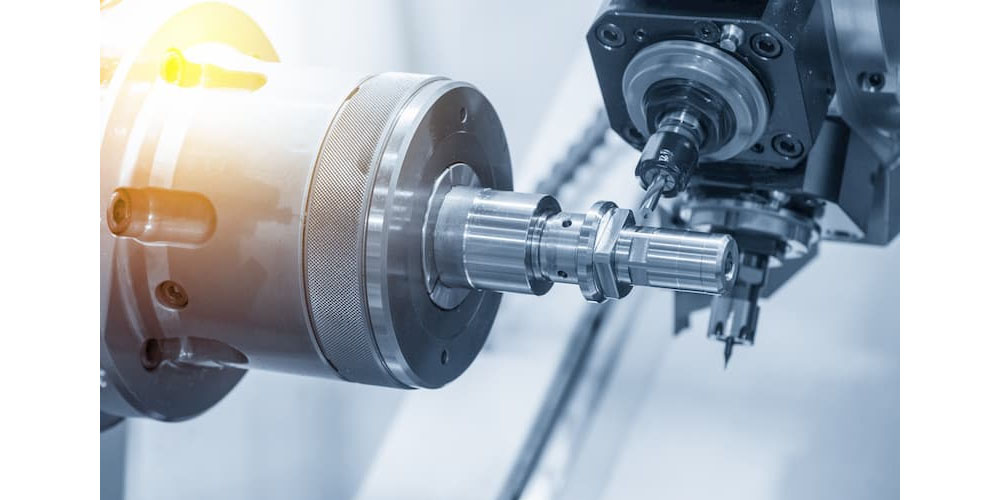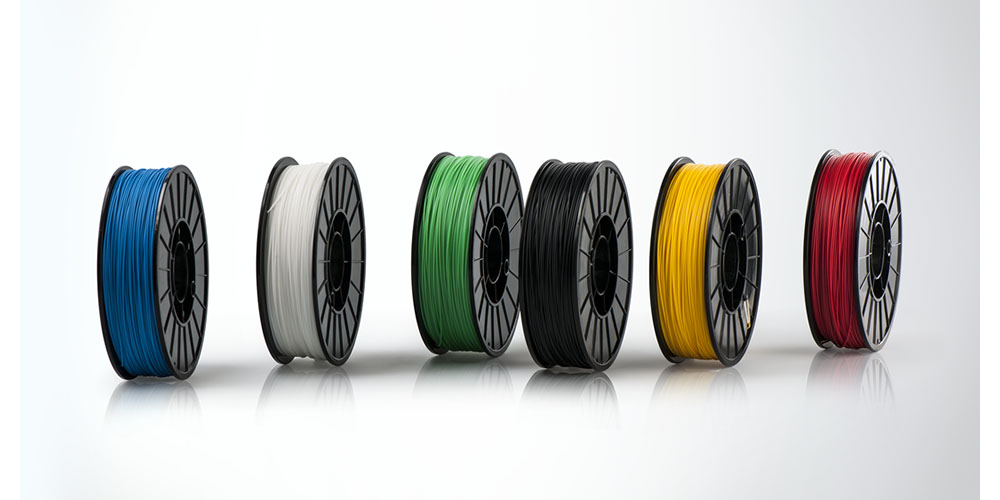
Whether you’re building a construction site or a 10-story parking structure, there’s one important part of the foundation that will hold everything together. A reinforcing bar, commonly known as “rebar,” is a type of steel reinforcement used in the construction industry. The main functions of rebar are to strengthen concrete, increase lateral strength and provide tensile resistance.
There are several types of steel that are used in basic steel rebar. Most engineers will describe the strength and elasticity characteristics of the different types of steel before selecting what type of steel to use for a project.
Every engineer will have his or her own way to weigh the pros and cons of each type. Each type of rebar for sale has its own properties, which helps determine if it is a good fit for a certain project or application. Some types of steel used for rebar are:
Stainless Steel
This is a very high quality, corrosion resistant steel that is used in highly corrosive environments. It is used in marine environments, chemical plants and other places where the steel will be exposed to harsh conditions. It is also used for decorative applications where appearance is important.
High Strength Low Alloy (HSLA) Steel
This type of steel has been designed to have both high strength and good ductility, which means that it can bend without breaking when struck by another object. This makes it useful for building structures such as bridges or buildings where they may be subject to earthquakes or other jarring events. These types of materials are often used in construction projects where there may be concern over the integrity of the structure after completion.
Carbon Steel
Carbon steel is one of the most commonly used types of rebar because it is inexpensive and easy to work with when creating shapes and cuts that are needed for construction projects. It will rust over time if left exposed but this can be prevented by painting or coating it with a protective layer such as zinc chromate primer paint.
Mild steel (mild, low-carbon steel)
Mild steel is also known as cold-rolled steel or uncoated carbon structural steel. Mild steel is cheaper than other types of steel but is not as strong as high-strength steels or aluminium. Mild steel can be used for reinforcing bar (rebar)
High-strength steels
High-strength steels are made from chromium and molybdenum alloys, which makes them stronger and lighter than regular carbon or mild steels. These grades of steel are more expensive than standard grades but are stronger and more durable than other types of rebar. They can also be formed into different shapes such as T’s, I’s and L’s. Some high strength steels have a higher yield strength than common grade 40 hot rolled bars (HRC).
Conclusion
You should always make sure you are getting the best quality steel for your projects. Alibaba gives you the chance to acquire the best . With fair prices and quality rebars, Alibaba is the place to buy from. Visit Alibaba today!



